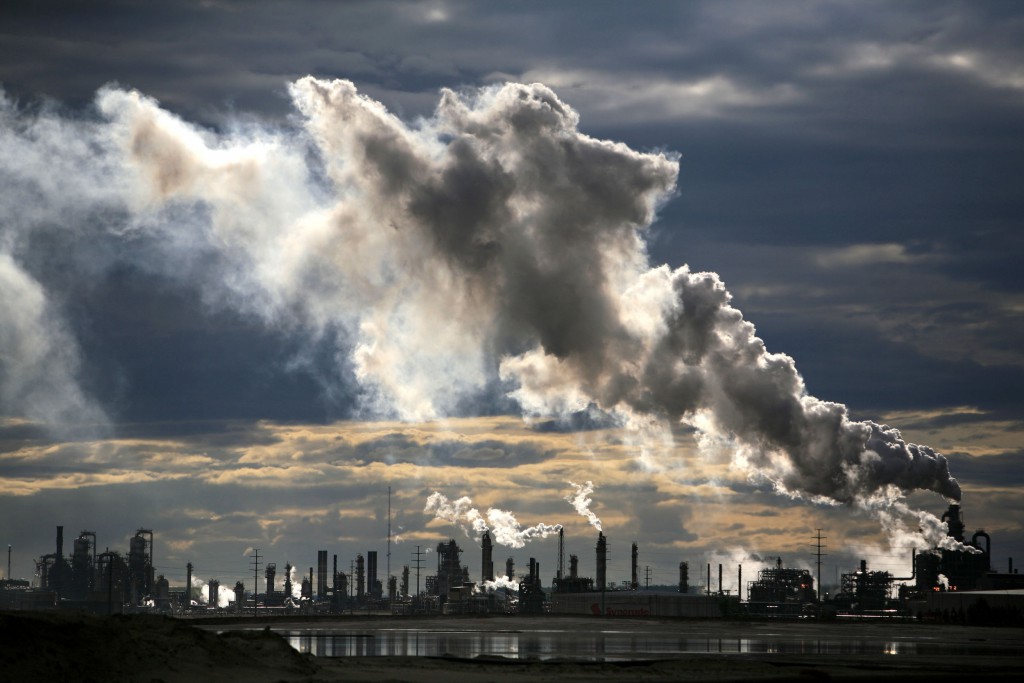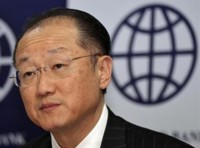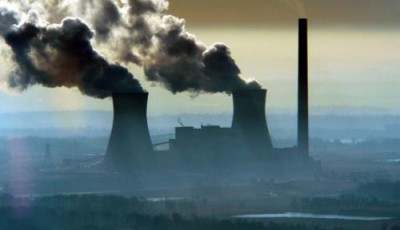Closing the $70 Billion Climate Finance Gap – End Fossil Fuel Subsidies

-
The world’s developed countries have committed to mobilize $100 billion a year by 2020, from public and private sources, to help developing countries adapt to the impacts of climate change and reduce their emissions.
-
The latest accounting of climate finance shows there is a gap of about $70 billion. Closing that gap is critical to building the trust necessary to reach a robust deal at the international climate talks in Paris in December.
-
The World Bank Group and others are now analyzing and working on ways to mobilize that finance.
GLOBE-Net, April 13, 2015 – Seventy billion dollars is the gap in the amount of climate finance that developed countries have promised to provide to developing countries annually by 2020, says the World Bank.
It’s an amount equivalent about one-third of the airline industry’s fuel bill in 2012, and less than the net worth of the world’s three wealthiest people.
It’s also about one-third of the average economic losses from natural disasters every year, about one-third of the direct economic damage wrought by the Great East Japan Earthquake in 2011, and two-thirds of the cost of damage caused by Hurricane Katrina in 2005.

World Bank President Jim Yong Kim.
And it’s an amount that can be easily financed through the elimination of fossil fuel subsidies according to World Bank President Jim Yong Kim.
Quoted in a Guardian article he said “We have a whole new generation that is interested in climate change”, and predicted that putting taxes on the use of carbon would trigger a wave of clean technology which would lift people out of poverty in the developing world while preventing the global temperature from rising by more than 2C above pre-industrial levels.
“Fossil fuel subsidies send out a terrible signal: burn more carbon,” said Kim in the same article.
The World Bank notes the world’s developed nations agreed in 2010 to mobilize $100 billion a year by 2020 from public and private sources to help developing countries adapt to the impacts of climate change and reduce their emissions. Studies show that while climate change will affect everyone, the poorest with the fewest resources to adapt will be hit the hardest.
The Climate Policy Initiative estimates that of the $331 billion in climate finance flowing in 2013, about $34 billion flowed from developed to developing countries, leaving a gap in the annual commitment of about $70 billion.
Closing that $70 billion gap is critical to building the trust necessary to reach a robust deal at the international climate talks in Paris in December.
The Paris agreement will address the bigger picture – the trillions of dollars in low-carbon infrastructure and economic transformations necessary to build a low-carbon, resilient future. But getting to a Paris agreement starts with the existing commitments: it means having a clear way to meet the $100 billion annual commitment by 2020.
“If all the developed countries sat down and looked at their options, we could close the $70 billion gap and make progress toward a low-carbon, resilient future. We are committed to finding ways to do more.” Rachel Kyte. World Bank Group Vice President and Special Envoy for Climate Change
The World Bank Group and others are now analyzing and working on ways to mobilize the remaining $70 billion by 2020.
“If all the developed countries sat down and looked at their options, we could close the $70 billion gap and make progress toward a low-carbon, resilient future. We are committed to finding ways to do more,” said World Bank Group Vice President and Special Envoy for Climate Change Rachel Kyte.
Development finance
Part of the gap could potentially be closed by the world’s development finance institutions – multilateral, national, regional and bilateral – increasing their investments and the percentage of their investments that go to climate finance.
The World Bank Group counted $11.9 billion in climate finance in 2014, close to 20 percent of its overall lending, and it is exploring ways to increase that total. Some of those conversations will take place at the World Bank Group/IMF Spring Meetings the week of April 13.
Finance mechanisms that reduce risk for investors, such as green bonds, are also increasing finance for climate-friendly projects in many countries. Green bonds reached $36 billion in new issuances last year and could increase climate finance for developing countries through greater use of asset-backed bonds. The Green Climate Fund, established by developed countries in 2010 to provide finance for developing countries, is also raising climate finance, with about $10 billion in pledges so far for work in developing countries.
Policy choices
There are also policy choices developed countries can make to release public funds that could count toward the $70 billion.
“Putting a price on carbon through a carbon tax or carbon market mechanism can raise revenue while also encouraging emissions reductions.” World Bank
The Advisory Group on Climate Change Financing convened by the UN Secretary-General in 2010 estimated that a $25 per ton price on carbon dioxide emissions could mobilize $25 billion to $50 billion a year if governments allocated a small portion of carbon pricing revenues for developing countries.
Removing harmful fossil fuel subsidies and then reallocating a percentage of the proceeds as climate finance, also noted by the Advisory Group on Climate Change Financing, could also release public funds for climate finance.
In the 34 OECD countries, 550 different fossil fuel support mechanisms cost between $55 billion and $90 billion a year between 2005 and 2011, according to OECD’s accounting. Globally, the IEA estimates fossil fuel subsidies were nearly $550 billionin 2013. That’s about 0.7 percent of global GDP and 2 percent of government revenues, and the subsidies largely benefit the wealthy.
The leaders of the G20 and APEC have both agreed to phase out fossil fuel subsidies.
Removing harmful fossil fuel subsidies isn’t easy, but it is necessary to shift incentives away from carbon-intensive development and toward low-carbon growth. Part of the saved revenue from subsidy reform can be reallocated to help smooth the transition for the poor. Another percentage could go into climate finance for developing countries.
Managing economies
Subsidy reform and carbon pricing are part of the bigger question of the trillions of dollars needed to be shifted into low-carbon growth globally.
Every country can strive to effectively manage its economy for low-carbon growth and greater resilience while also ending poverty and boosting shared prosperity, says the World Bank. Ultimately, policies such as carbon pricing and fossil fuel subsidy reform will help reduce emissions, encourage low-carbon growth, and unlock much-needed financing.







